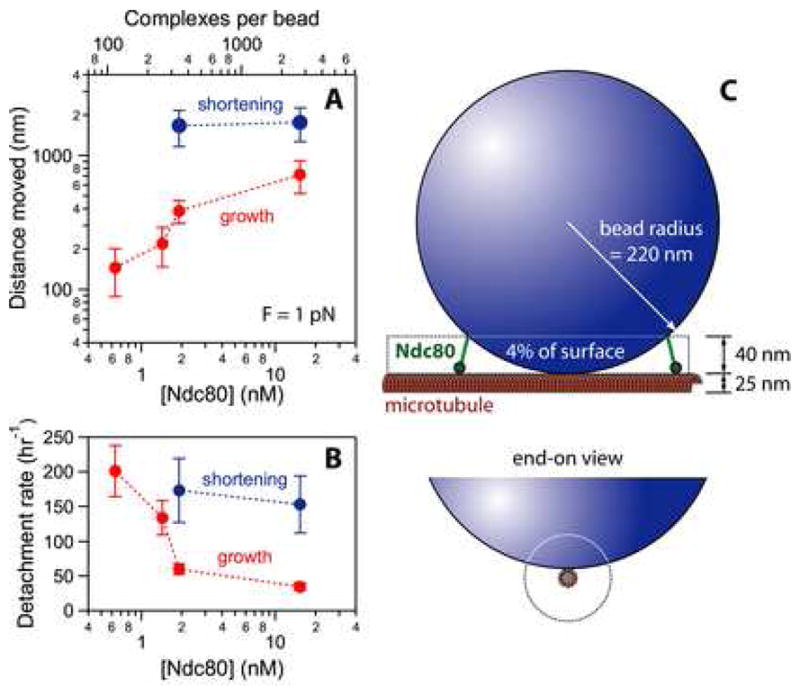Figure 3. Low surface densities of Ndc80 are sufficient to form load-bearing couplers.

(A) Mean displacement as a function of Ndc80 density for tip-attached beads under 1 pN of tension. The ratio of Ndc80 complexes to beads and the concentration of Ndc80 during incubation (with 5.6 pM beads) are shown on the top and bottom axes, respectively. At molar ratios of 360 complexes per bead and higher (i.e. ≥ 2 nM Ndc80 complex), tip attachments persisted for minutes and moved 400 to 1,000 nm during growth and shortening. Each red point represents the average of at least 30 events. Blue points are averages of at least 17 events. Uncertainties represent s.e.m.
(B) Rate of bead detachment from growing and shortening tips, estimated by counting the number of detachment events and dividing by the total observation time in each phase. Each red point was calculated from at least 29 detachments during growth. Each blue point was calculated from at least 14 detachments during shortening. Uncertainties represent counting error.
(C) Schematic diagram, drawn approximately to scale, showing that Ndc80 complexes on a small fraction of the bead surface, ≤ 4%, are capable of simultaneously binding to the microtubule. The configuration shown, where the bead rests against the side of a filament whose tip extends well past the point of contact, maximizes the amount of bead surface in close proximity to the microtubule. Thus it provides an upper limit for the fraction of bead surface within 40 nm. The bead may instead adopt a more end-on configuration, which would reduce the number of complexes capable of binding.
